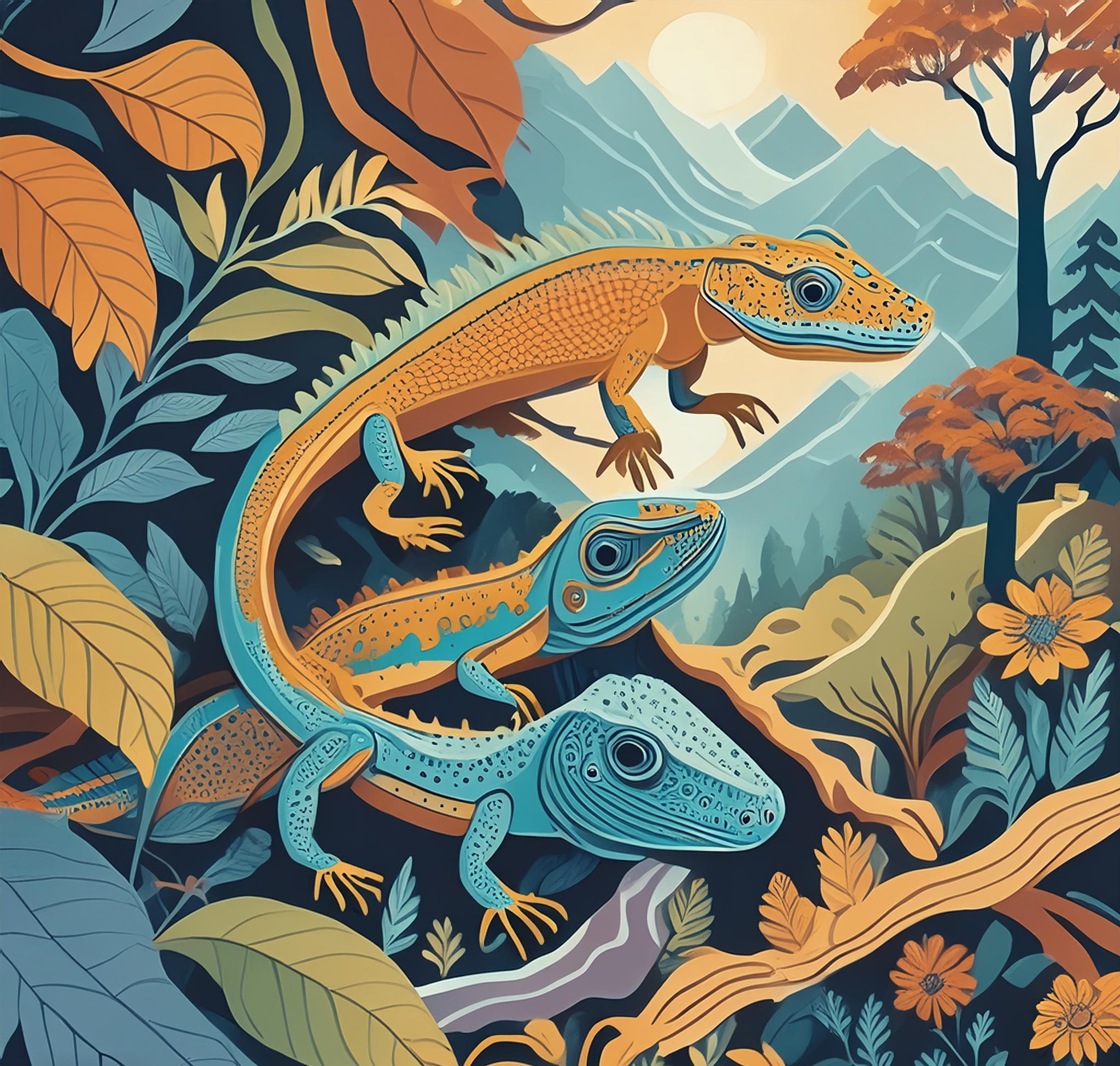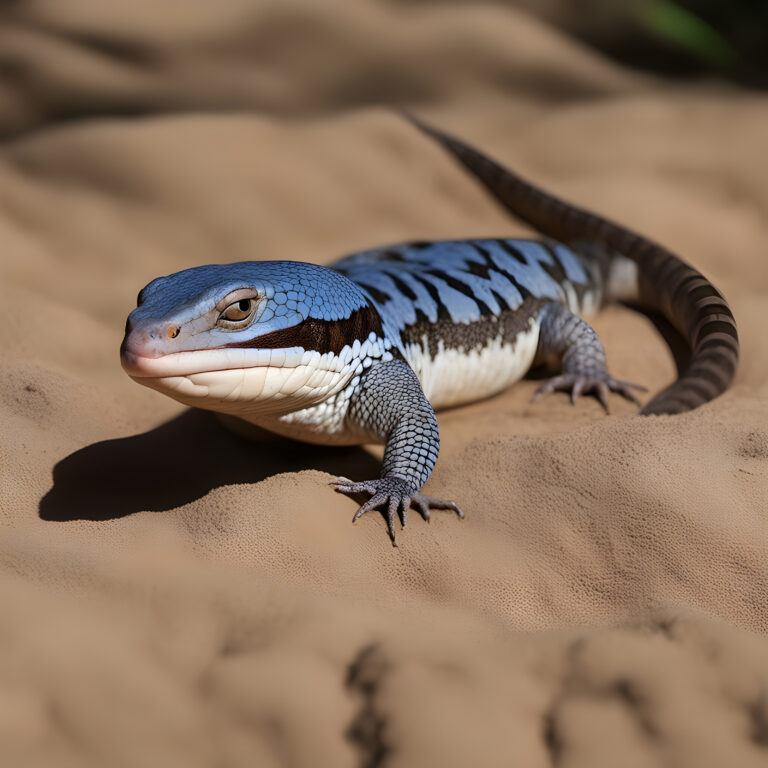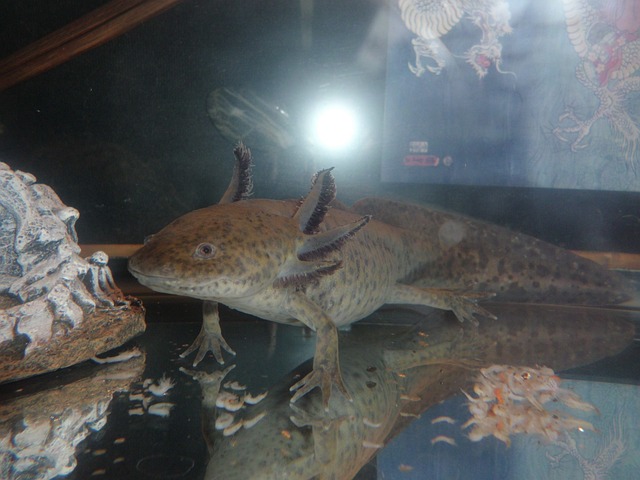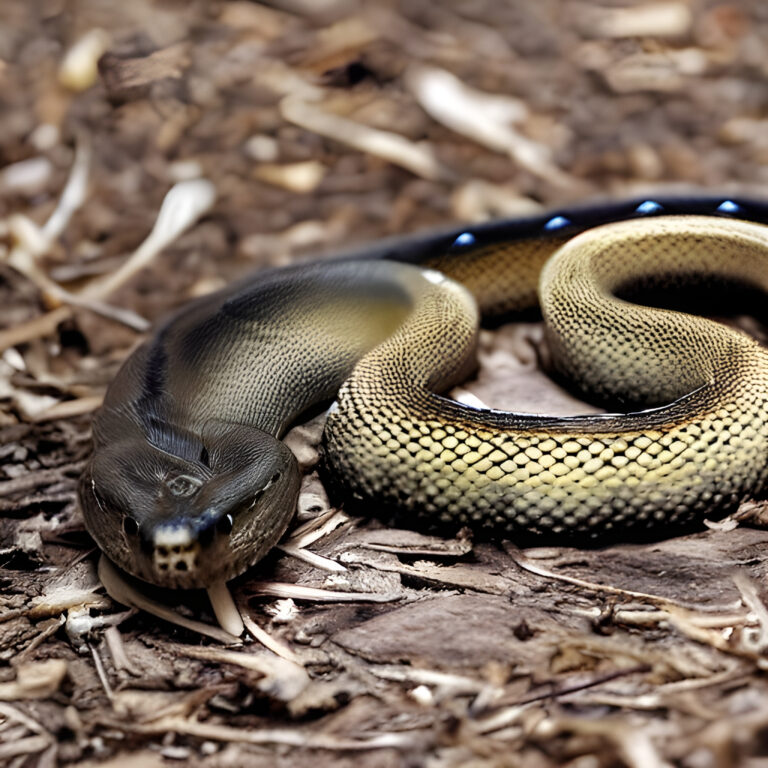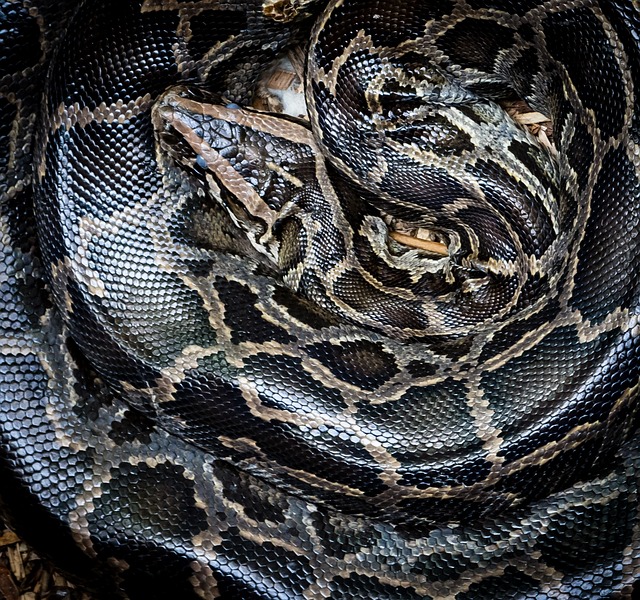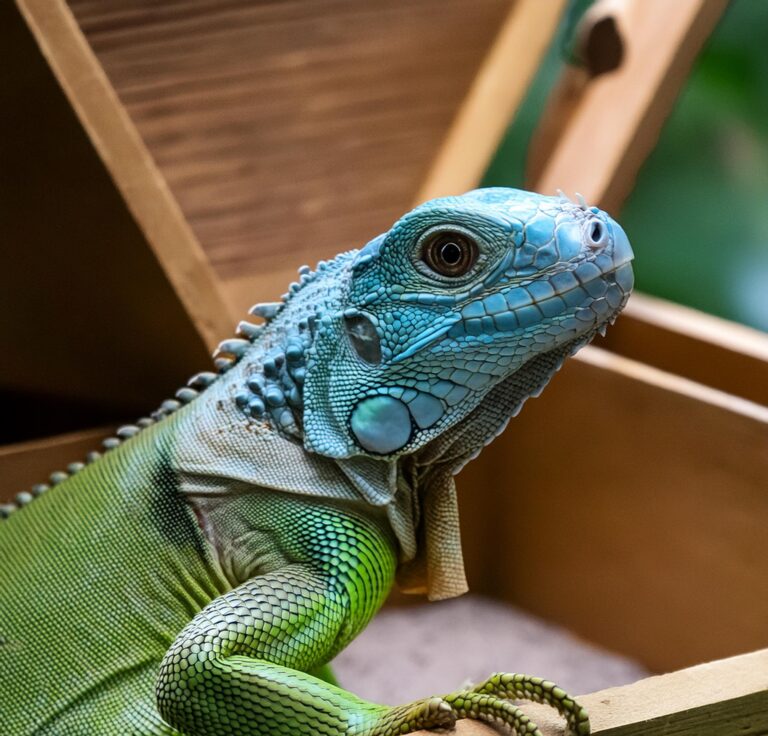Uncovering the Astonishing Effects of Human Activity on Desert Reptiles
Deserts, often perceived as barren and lifeless expanses, are teeming with a remarkable diversity of life, particularly reptiles. These resilient creatures have evolved to thrive in extreme conditions, displaying an array of fascinating adaptations. However, the relentless march of human activity is altering these arid landscapes in ways that profoundly impact their reptilian inhabitants. This article delves into the astonishing effects of human activities on desert reptiles, highlighting the urgent need for conservation measures.
Habitat Destruction and Fragmentation
One of the most immediate and visible impacts of human activity on desert reptiles is habitat destruction and fragmentation. Urban expansion, agriculture, mining, and infrastructure development are encroaching upon previously undisturbed desert habitats. For instance, the construction of roads and highways slices through reptile territories, creating physical barriers that hinder movement and genetic exchange. This isolation can lead to inbreeding, reducing genetic diversity and making populations more vulnerable to diseases and environmental changes.
Climate Change: A Double-Edged Sword
Climate change exacerbates the challenges faced by desert reptiles. Rising temperatures and altered precipitation patterns are transforming desert ecosystems. Many reptiles, being ectothermic, rely on external temperatures to regulate their body heat. Extreme heatwaves can lead to lethal overheating, while changes in rainfall can disrupt breeding cycles and reduce the availability of prey. Additionally, prolonged droughts can diminish water sources that are crucial for some desert reptiles, further stressing their populations.
Pollution: A Hidden Menace
Pollution is another insidious threat to desert reptiles. Pesticides and herbicides used in nearby agricultural activities can contaminate soil and water sources, poisoning reptiles either directly or through the food chain. Plastic waste, often overlooked in desert environments, can also pose physical hazards and introduce toxic substances as it degrades. Light pollution from expanding urban areas disrupts the natural behavior of nocturnal reptiles, affecting their feeding and mating activities.
Invasive Species: Unseen Competitors
Human activity often facilitates the introduction of invasive species, which can outcompete or prey upon native desert reptiles. Invasive plants can alter the landscape, making it less suitable for native reptiles. For example, the introduction of non-native grasses in the American Southwest has increased the frequency and intensity of wildfires, which devastate the habitats of native reptiles like the desert tortoise. Additionally, invasive predators such as feral cats and dogs pose direct threats to these reptiles, further straining their populations.
Overexploitation: The Demand for Exotic Pets
The global trade in exotic pets has led to the overexploitation of many desert reptiles. Species like the bearded dragon and leopard gecko are highly sought after, leading to illegal collection from the wild. This unsustainable practice not only depletes wild populations but also disrupts the ecological balance, as these reptiles play crucial roles in their native environments as both predators and prey.
Conservation and Mitigation Efforts
Addressing the impacts of human activity on desert reptiles requires a multifaceted approach. Conservation efforts must prioritize habitat protection and restoration. Establishing protected areas and wildlife corridors can help maintain connectivity between fragmented habitats, facilitating gene flow and population stability. Additionally, stricter regulations on pesticide use and waste management are essential to mitigate pollution.
Public education and community engagement are crucial in reducing the demand for wild-caught reptiles. Promoting captive breeding programs can provide alternatives for the pet trade, reducing the pressure on wild populations. Furthermore, research and monitoring are vital to understand the specific needs and vulnerabilities of different species, allowing for more targeted conservation strategies.
Conclusion
The effects of human activity on desert reptiles are both profound and far-reaching. From habitat destruction and climate change to pollution and overexploitation, these resilient creatures face a myriad of threats that challenge their survival. However, with concerted conservation efforts and increased public awareness, it is possible to mitigate these impacts and ensure that desert reptiles continue to thrive in their unique ecosystems. The fate of these remarkable creatures ultimately hinges on our ability to balance human development with the preservation of the natural world.
Must Read: Impact of Pollution on Reptile Health
